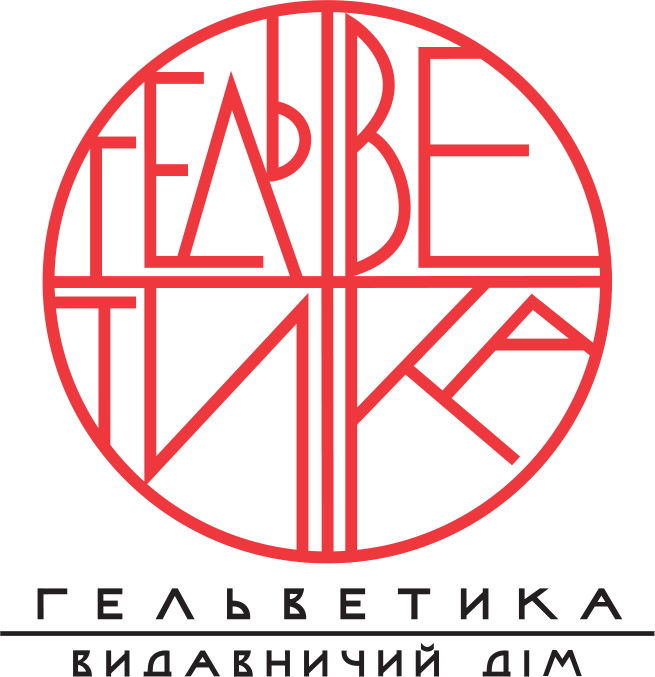THE WORK OF KATSUSHIKA HOKUSAI AND UTAGAWA HIROSHIGE IN A COMPARATIVE DIMENSION
DOI:
https://doi.org/10.32782/uad.2025.1.7Keywords:
Katsushika Hokusai, Utagawa Hiroshige, Japanese woodblock printmaking, ukiyo-e, comparative analysisAbstract
The article highlights the results of a comparative analysis of the work of Katsushika Hokusai (Japanese: 葛飾 北斎) and Utagawa (Ando) Hiroshige (Japanese: 歌川広重) as prominent representatives of Japanese ukiyo-e woodblock printmaking. The dominant artistic features, technical techniques, and compositional solutions of the individual artistic styles of these world-famous masters of Japanese landscape are identified. The features of the embodiment of the artistic image, color palettes, symbolic elements, and methods of transmitting space and depth are specified. It is found that the artistic methods of Katsushika Hokusai and Utagawa Hiroshige differ significantly in genre orientation, compositional solution, methods of using perspective, and range of colors. Katsushika Hokusai's artistic style is characterized by expression, dynamism, multi-figure compositions, striking perspective, and contrast of lines. Images of stormy nature, mighty waves, mountain ranges, and legendary characters testify to the master's desire for an energetic and symbolic depiction of the surrounding world. Katsushika Hokusai actively experiments with perspective, uses a rich color scheme, and innovative techniques to create depth of space and compositional construction. Utagawa Hiroshige prefers a lyrical, contemplative depiction of landscapes that convey the atmosphere and variability of natural states. His compositions are distinguished by balance and harmony, which are achieved thanks to color gradations with the effect of soft transitions between layers. The artist skillfully uses color to create a mood, employing delicate pastel shades that convey morning haze, evening twilight, and rainy landscapes. In the works of Utagawa Hiroshige, perspective does not dramatize the landscape but serves as a means of gently immersing the viewer in the atmosphere of unity with nature. This article highlights the uniqueness of the creative approaches of Katsushika Hokusai and Utagawa Hiroshige, as well as the importance of their contribution to the formation of Japanese artistic heritage and the development of world art. The influence of ukiyo-e masters on European impressionists, who were fascinated by the technique and aesthetics of Japanese landscape prints, is noted.
References
Орлова Є. Японське мистецтво. Кацусіка Хокусай та його гравюри. Мистецтво в школі : музика, образотворче мистецтво, художня культура. 2011. № 9. С. 13–16.
Парамонова В. До історії розвитку традиційної японської ксилографії : сурімоно і манга Кацусіки Хокусая. URL: https://ekmair.ukma.edu.ua/server/api/core/bitstreams/727b4f08-493a-4408-a4ae-bd6af9a9911d/content
Скотар Н. Мистецтво укійо-е. 2017. URL: https://www.nihonbu.club/2017/03/19/ukiyo-e/
Литвинюк Л., Шaуліс К. Образи природи в японській графіці: основні тенденції та етапи розвитку кінця XVIІI – початку XX ст. Knowledge, Education, Law, Management. 2020. №5 (33). Vol. 3. P. 19–23.
Ладчин Я. Художні особливості символізму в японському образотворчому мистецтві періоду Едо. АРТ-простір. 2024. №1(4). С. 183–207.
Литвинюк Л., Шaуліс К., Жернокльов К. Романтизація регіональних особливостей та поетика мандрів країною у серіях гравюр Кацушіка Хокусай та Андо Хірошіге. Актуальнi питання гуманiтарних наук. 2021. Вип. 41(2). С. 69–75.
Шауліс К. Японська графіка кінця ХVІІІ – початку ХХІ ст.: художня репрезентація образів природи : автореф. дис. … канд. мистецтвознавства : 17.00.05. Львів. 2020. 20 с.
Гудалова-Кульженко П. Японська гравюра на виставці мистецтва Далекого Сходу. Київ : Видання музею мистецтв УАН. 1928. 30 с.
Івашко Ю. Японська культура як один із витоків європейського модерну. Сучасні проблеми архітектури та містобудування. 2008. № 19. С. 3–10.
Кузьменко Т. Вплив Японського Мистецтва на Імпресіонізм. 2020. URL: surl.li/jmobey.



